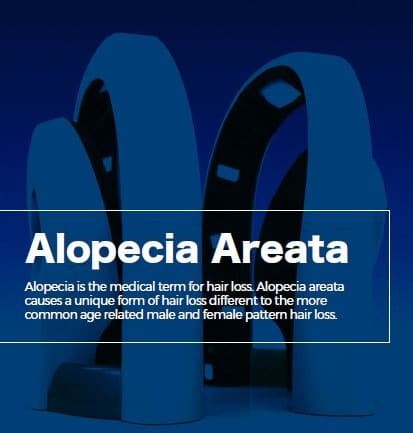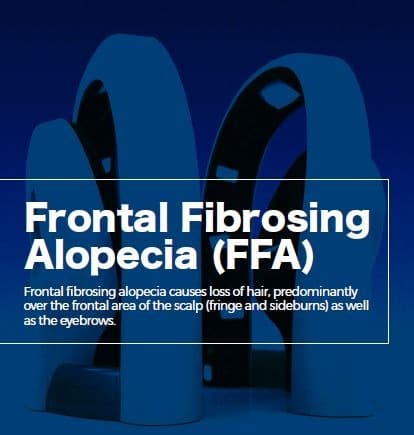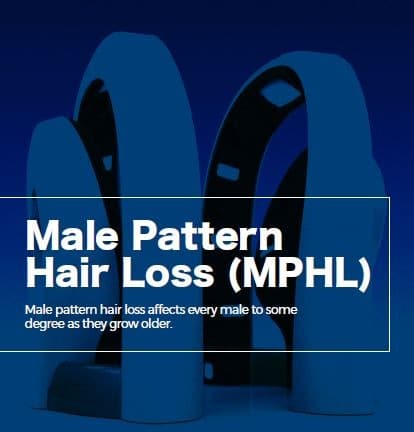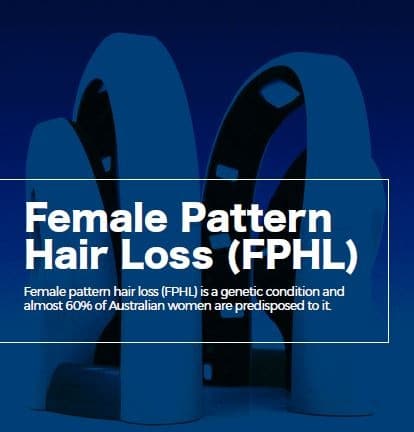Epidemiology
Vitiligo affects approximately 1% of the world’s population; however, estimates of prevalence range from less than 0.1% to greater than 8%. It occurs in all ethnicities and skin types and is equally prevalent in men and women. The condition can begin at any age, but 50% of cases develop before the age of 20. Some 30-40% of patients have a positive family history and the onset is often earlier in this cohort. In vitiligo, selective destruction of epidermal melanocytes produces well-circumscribed depigmented macules of the skin and mucous membranes. The macules gradually enlarge, and new lesions appear progressively. The rate of progression is variable; it may extend rapidly over a period of several months and then remain quiescent for many years.
Clinical features and diagnosis
The macules and patches of vitiligo are discrete, and uniformly white with convex borders surrounded by normal skin. There is no surface change noted in vitiliginous skin. Vitiligo commonly occurs at sites that are normally hyperpigmented — including the face (periorificial), dorsal surfaces of hands, nipples, axillae, umbilicus, sacrum and inguinal regions. Severe sunburn, pregnancy and emotional stress may precede the onset. Without treatment, vitiligo tends to progress, although spontaneous repigmentation may occur occasionally.
Vitiligo is divided into two clinical sub-types:
- Localised vitiligo which is further subdivided into focal, segmental and mucosal. Segmental vitiligo typically begins in childhood, occurring most commonly in the trigeminal dermatome, with poliosis (an absence or decrease of melanin in the hair, eyelashes, eyebrows or any other hairy area), and tends to be stable. Segmental vitiligo produces unilateral maculae in a band‐shaped distribution.
- Generalised vitiligo may begin in later life, at sites of pressure, friction or trauma and is usually progressive with flare-ups. This is the most common clinical subtype.
Are you considering participating in a clinical trial?
Patient participants with a disease or condition may decide to participate in clinical trials to contribute to better understanding of, or better treatment or a potential cure for their disease or condition. In some cases, clinical trials can provide access to new interventions before they are widely available.
Trials also offer the hope of developing better interventions or tests for a particular disease or condition, so that even if a trial does not provide a benefit for an individual, it may provide benefits for others with the disease in the future.
As a patient participant, even when you receive the highest quality care, you may also benefit from additional support and attention provided by clinical trial staff who understand your disease or condition (source: australianclinicaltrials.gov.au)
If you would like to hear more or take part in a Vitiligo trial, please click here:
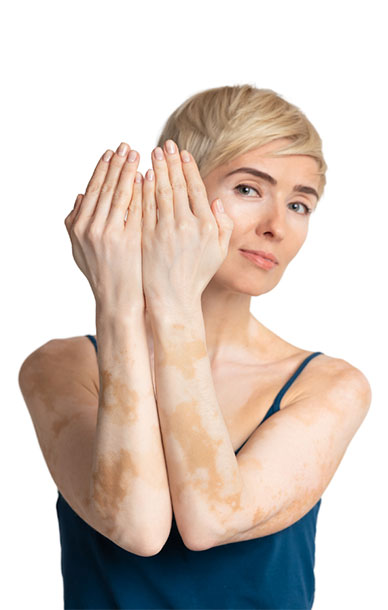
Treatment
Vitiligo is a genetic disorder. In the absence of gene therapy, there is no cure. Nevertheless, most patients can achieve partial or complete repigmentation of individual lesions with topical treatment, phototherapy or surgery. Oral therapy is reserved for rapidly extending vitiligo. Treatments may be directed at depigmentation of unaffected skin for patients with extensive or recalcitrant disease, where repigmentation or camouflage creams to conceal affected skin is not feasible.
Corticosteroids
Corticosteroids are used as first line treatment for vitiligo. Topical steroids are preferred for stable or slowly progressing vitiligo, while systemic steroids are reserved for active, rapidly extending disease. Treatment should be continued for at least three months before being deemed to have failed. Topical steroids have been studied in both adults and children. The highest response rates are seen in children with head and neck lesions. Potential local side effects from topical corticosteroids include epidermal atrophy, folliculitis, telangiectasia and striae. Systemic absorption can lead to adrenocortical suppression when large areas of vitiligo are being treated with topical corticosteroids.
Systemic corticosteroids can halt disease progression and induce repigmentation in patients with rapidly progressive vitiligo. Oral prednisolone, pulse intravenous methylprednisolone and pulse intravenous dexamethasone have all been used.
Topical calcineurin inhibitors
Topical calcineurin inhibitors (tacrolimus and pimecrolimus) which are immunomodulators, are used as a second-line treatment for patients who fail topical corticosteroid therapy. They do not produce epidermal atrophy, folliculitis, telangiectasia or the striae that may be associated with topical corticosteroid use. They are both safe for short term or intermittent long-term use. Common side effects are erythema, pruritus, burning and irritation.
Vitamin D3 analogs
Calcipotriene is a topical vitamin D3 analog and is used as an equal second-line treatment for patients who fail topical corticosteroid therapy. This product is safe to use in both children and adults, with the best response seen in combination with topical steroids. It is not licensed for use in vitiligo.
Phototherapy
Phototherapy is used as a third line treatment for patients who fail combination topical therapy. This modality works both as an immunosuppressive and through direct stimulation of melanocyte proliferation. Phototherapy may increase the incidence of both melanoma and non-melanoma skin cancer, and cumulative lifetime dose should be capped at 500 treatments. Repigmentation rates have been reported to be between 41.6% and 100%. The treatment is given 2-3 times a week for an average of six months for repigmentation to occur. Common side effects with phototherapy include sunburn, pruritus, desquamation, transient hyperpigmentation, blistering and ulceration. Long-term side effects include photo-ageing.
Laser therapy
- Monochromatic excimer laser (308nm) is a non-ablative laser which emits light in the UV range. This treatment yields superior results to conventional light therapy. Treatment is delivered 1-3 times a week for an initial course of 12 weeks and can be used in combination with other modalities such as topical steroids, calcipotriene or tacrolimus.
- Helium neon laser therapy has been shown to be effective for segmental vitiligo.
Antioxidants
Topical and oral antioxidants have a role in protecting melanocytes from destruction. Vitamin E, C, alpha-lipoic acid, ginkgo biloba, topical catalase, superoxide dismutase and polypodium leucotomos have all been used in vitiligo.
There is good evidence supporting oral antioxidant supplementation of conventional therapy, specifically narrow band UVB phototherapy. However, dosing parameters, efficacy and side effect profiles are yet to be established.
Depigmentation
It is not possible to achieve complete repigmentation in all patients. For patients with extensive vitiligo, or vitiligo that is resistant to treatment, depigmentation of unaffected skin may provide a desirable cosmetic outcome.
Topical agents that depigment normal skin include hydroquinone and monobenzyl ether of hydroquinone, which is approved by the FDA for the treatment of vitiligo.
The Q-switched ruby laser has been used for depigmentation in vitiligo universalis, as has the Q-switched Alexandrite.
The effects of these depigmenting techniques may not be permanent.
Camouflage
Camouflage can help with the psychosocial burden of vitiligo. Topical creams and tattooing are options.
Supportive psychotherapy
Plays an important role in assisting patients with the psychological stress associated with the chronicity, cosmetic disfigurement and stigma associated with the disease.
Surgical treatment
Surgical treatment is reserved for stable vitiligo. Surgical treatments can be broadly classified as:
- blister graft,
- split thickness skin graft of melanocyte-rich tissue;
- grafting melanocyte cell suspensions; and
All forms of surgery involve creation of a blister at the donor site from which the roof is surgically removed and transplanted onto the recipient site. Complete repigmentation has been reported in up to 90% of cases when combined with adjuvant phototherapy.
Blister graft
Blister grafting can be performed without general anaesthesia and the donor site usually heals well.
Split thickness skin graft
Split thickness skin graft can be used to treat stable recalcitrant vitiligo. The major advantage of this is larger areas can be covered with a single graft. Grafts are taken from skin sites that are cosmetically less important. A split thickness graft requires anaesthesia and carries an increased risk of poor healing of the donor site with post-inflammatory changes including abnormal pigmentation and textural changes.
Autologous melanocyte suspension transplant
Autologous melanocyte suspension transplant is an alternative technique used to harvest tissue from the donor site. Cells are separated into a suspension and then transplanted onto the de-epithelialised recipient site. Melanocytes within the suspension repopulate the epidermis during wound healing and restore pigmentation to the areas of vitiligo.
Emerging treatments
Case reports of repigmentation in patients with refractory vitiligo following treatment with oral tofacitinib, ruxolitinib and baricitinib have appeared in the literature over the past 3 years. These agents are Janus kinase (JAK) inhibitors. Tofacitinib is currently approved by the TGA for the treatment of rheumatoid arthritis, while ruxolitinib is approved for myelofibrosis and polycythaemia. A number of other drugs have anti JAK activity including simvastatin and atorvastatin. These agents are currently being investigated in vitiligo.
To book a consultation please call us on 9654 2426 or email appointments@sinclairdermatology.com.au
Why Choose Sinclair Dermatology?
 Leader in skin and hair loss treatment and research
Leader in skin and hair loss treatment and research More than 50% of dermatology research papers in Australia are published by our team
More than 50% of dermatology research papers in Australia are published by our team Largest dermatology clinical trial research centre in Australia
Largest dermatology clinical trial research centre in Australia Only medical centre in Australia to use 3D whole body imaging technology to map moles and lesions for skin cancer detection.
Only medical centre in Australia to use 3D whole body imaging technology to map moles and lesions for skin cancer detection. Onsite pathology and compounding pharmacy
Onsite pathology and compounding pharmacy Our dermal clinic uses state of the art laser machines
Our dermal clinic uses state of the art laser machines

